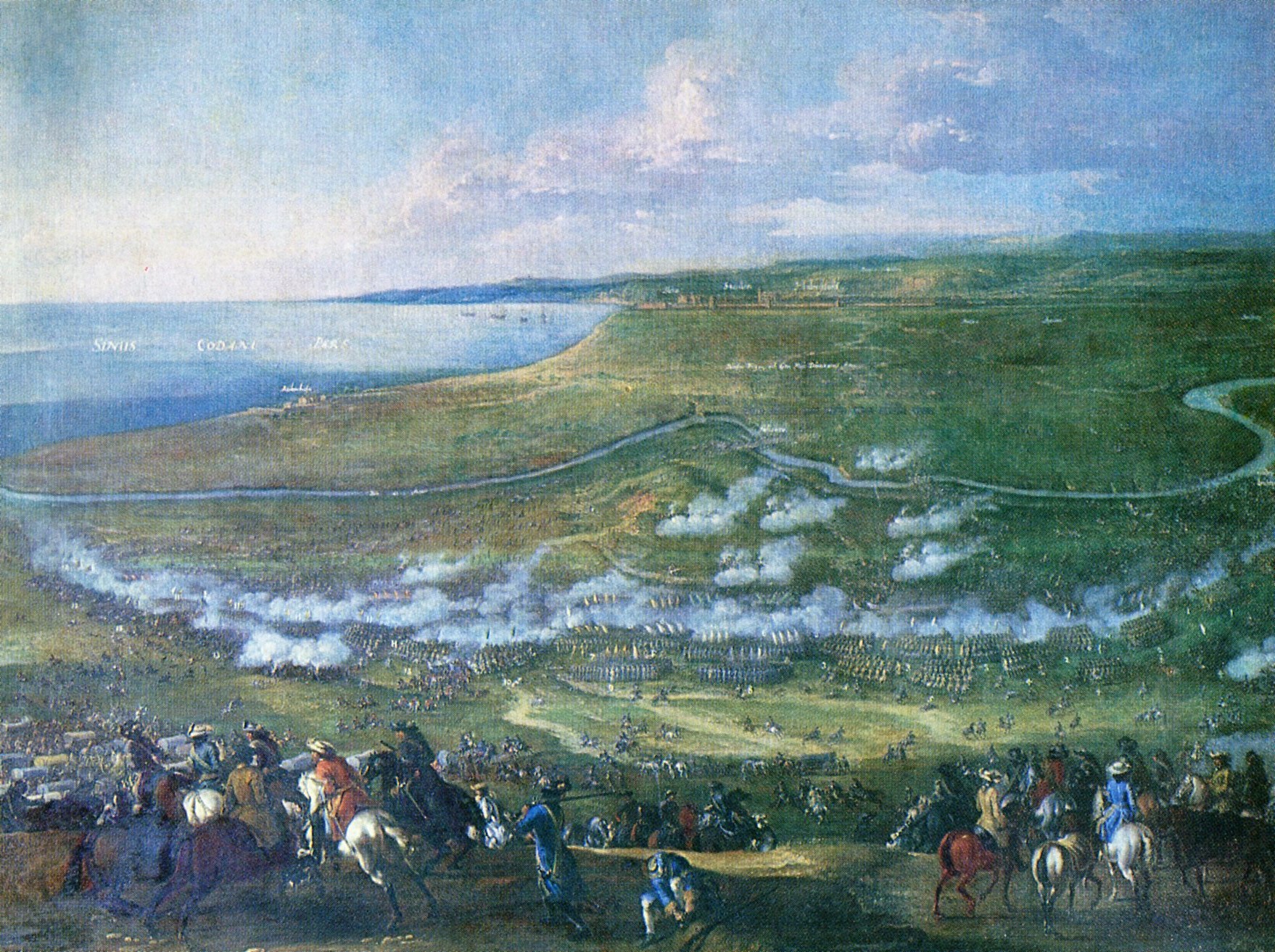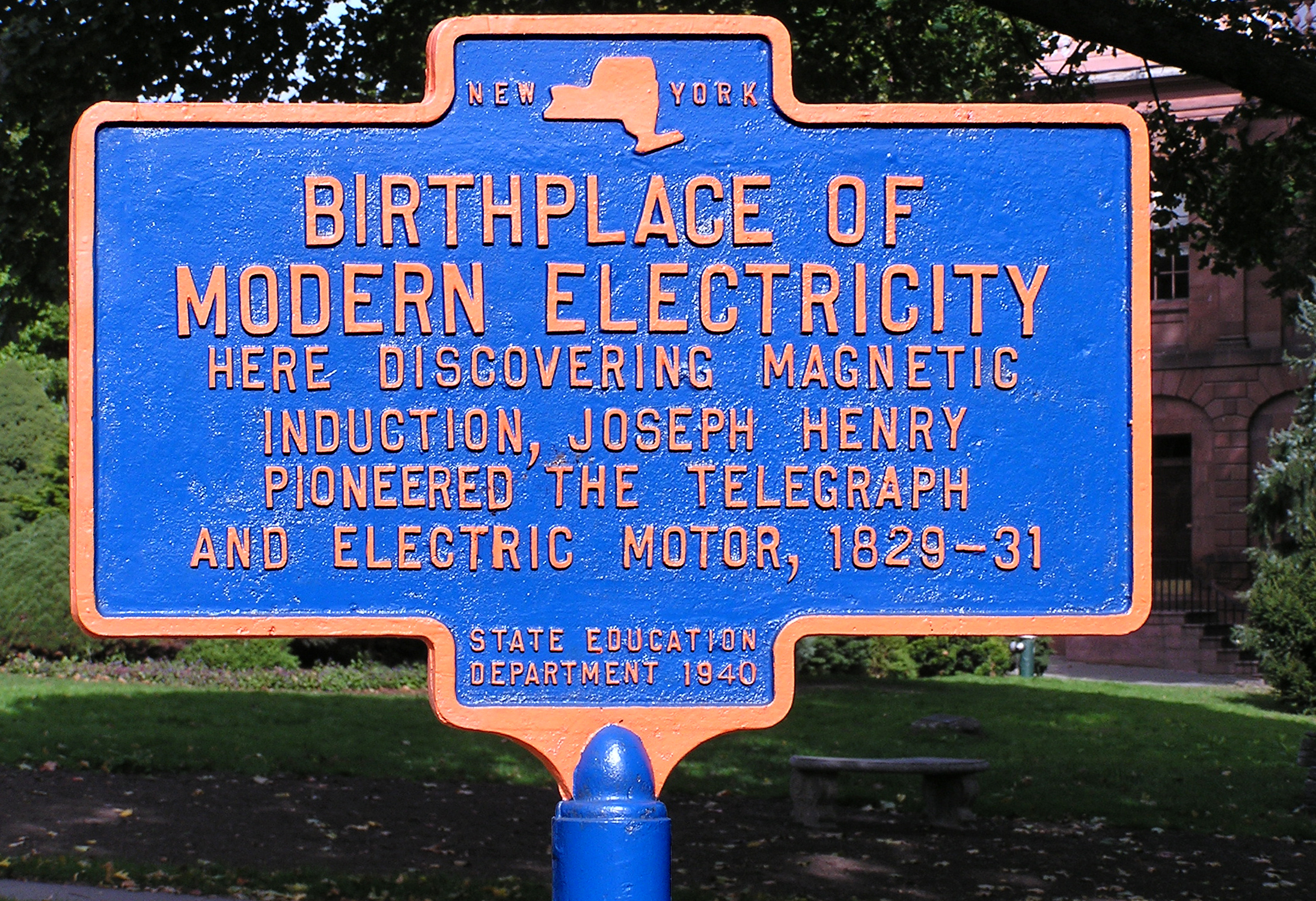|
Fort Frederick (Albany)
Fort Frederick was a fort in Albany, New York from 1676–1789. Sitting atop State Street Hill (Capitol Hill) it replaced the earlier decaying Fort Orange along the Hudson River. The fort was named for Frederick Louis, Prince of Wales, son of King George II. The fort was referred to as Fort Albany in the 1936 novel ''Drums Along the Mohawk''. Several historical markers have been placed west of the location of the fort. History After the English takeover of New Netherland, including Beverwyck which became Albany, the Duke of York and of Albany (later James II & VII) required a permanent garrison to keep the peace in Albany; therefore Fort Frederick was built atop State Street Hill in 1676 to replace Fort Orange and guard the approaches to Albany from the west. Whereas Fort Orange was constructed more as a trading post along the Hudson River this new fort was designed to protect Albany from the Native Americans to the west and by overlooking the riverside community from atop a ... [...More Info...] [...Related Items...] OR: [Wikipedia] [Google] [Baidu] |
Albany, New York
Albany ( ) is the capital of the U.S. state of New York, also the seat and largest city of Albany County. Albany is on the west bank of the Hudson River, about south of its confluence with the Mohawk River, and about north of New York City. The city is known for its architecture, commerce, culture, institutions of higher education, and rich history. It is the economic and cultural core of the Capital District of the State of New York, which comprises the Albany–Schenectady–Troy Metropolitan Statistical Area, including the nearby cities and suburbs of Troy, Schenectady, and Saratoga Springs. With an estimated population of 1.1 million in 2013, the Capital District is the third most populous metropolitan region in the state. As of 2020, Albany's population was 99,224. The Hudson River area was originally inhabited by Algonquian-speaking Mohican (Mahican), who called it ''Pempotowwuthut-Muhhcanneuw''. The area was settled by Dutch colonists who, in 1614, built Fort ... [...More Info...] [...Related Items...] OR: [Wikipedia] [Google] [Baidu] |
Seven Years' War
The Seven Years' War (1756–1763) was a global conflict that involved most of the European Great Powers, and was fought primarily in Europe, the Americas, and Asia-Pacific. Other concurrent conflicts include the French and Indian War (1754–1763), the Carnatic Wars and the Anglo-Spanish War (1762–1763). The opposing alliances were led by Great Britain and France respectively, both seeking to establish global pre-eminence at the expense of the other. Along with Spain, France fought Britain both in Europe and overseas with land-based armies and naval forces, while Britain's ally Prussia sought territorial expansion in Europe and consolidation of its power. Long-standing colonial rivalries pitting Britain against France and Spain in North America and the West Indies were fought on a grand scale with consequential results. Prussia sought greater influence in the German states, while Austria wanted to regain Silesia, captured by Prussia in the previous war, and to contain Pruss ... [...More Info...] [...Related Items...] OR: [Wikipedia] [Google] [Baidu] |
1676 Establishments In The Province Of New York
Events January–March * January 29 – Feodor III becomes Tsar of Russia. * January 31 – Universidad de San Carlos de Guatemala, the oldest institution of higher education in Central America, is founded. * January – Six months into King Philip's War, Metacomet (King Philip), leader of the Algonquian tribe known as the Wampanoag, travels westward to the Mohawk nation, seeking an alliance with the Mohawks against the English colonists of New England; his efforts in creating such an alliance are a failure. * February 10 – After the Nipmuc tribe attacks Lancaster, Massachusetts, colonist Mary Rowlandson is taken captive, and lives with the Indians until May. * February 14 – Metacomet and his Wampanoags attack Northampton, Massachusetts; meanwhile, the Massachusetts Council debates whether a wall should be erected around Boston. * February 23 – While the Massachusetts Council debates how to handle the Christian Indians ... [...More Info...] [...Related Items...] OR: [Wikipedia] [Google] [Baidu] |
History Of Albany, New York
The history of Albany, New York began long before the first interaction of Europeans with the native Indian tribes, as they had long inhabited the area. The area was originally inhabited by an Algonquian Indian tribe, the Mohican, as well as the Iroquois, five nations of whom the easternmost, the Mohawk, had the closest relations with traders and settlers in Albany. Henry Hudson first claimed this area for the Dutch in 1609. Fur traders established the first European settlement in 1614; Albany was officially chartered as a city in 1686. It succeeded Poughkeepsie as the capital of New York in 1797. It is one of the oldest surviving settlements from the original thirteen colonies, and the longest continuously chartered city in the United States. Modern Albany was founded as the Dutch trading posts of Fort Nassau in 1614 and Fort Orange in 1624; the fur trade brought in a population that settled around Fort Orange and founded a village called Beverwijck. The English took over and ... [...More Info...] [...Related Items...] OR: [Wikipedia] [Google] [Baidu] |
List Of New York State Historic Markers In Albany County, New York
This is a complete list of New York State Historic Markers in Albany County, New York. Listings county-wide See also *List of New York State Historic Markers * National Register of Historic Places listings in Albany County, New York *List of National Historic Landmarks in New York This is a list of National Historic Landmarks and comparable other historic sites designated by the U.S. government in the U.S. state of New York. The United States National Historic Landmark (NHL) program operates under the auspices of the Nat ... References {{DEFAULTSORT:List Of New York State Historic Markers In Albany County, New York Albany County, New York Albany ... [...More Info...] [...Related Items...] OR: [Wikipedia] [Google] [Baidu] |
New York State Education Department
The New York State Education Department (NYSED) is the department of the New York state government responsible for the supervision for all public schools in New York and all standardized testing, as well as the production and administration of state tests and Regents Examinations. In addition, the State Education Department oversees higher education, cultural institutions such as museums and libraries, vocational rehabilitation, and the licensing of numerous professions. It is headed by the Board of Regents of the University of the State of New York (USNY) and administered by the Commissioner of Education. Its regulations are compiled ititle 8of the ''New York Codes, Rules and Regulations''. The main offices of the department are housed in the New York State Department of Education Building, located at 89 Washington Avenue in Albany, the state capital. Each year New York spends over $22,000 per student, which is 90% more than the average in the US. Learning standards The g ... [...More Info...] [...Related Items...] OR: [Wikipedia] [Google] [Baidu] |
The Historical Marker Database
The Historical Marker Database (HMdb.org) is an online database that documents locations of numerous historical markers in the United States as well as other countries. The database was launched in 2006 by computer programmer J. J. Prats. The HMdb served as the basis for the database for the online augmented reality game Ingress, which was then later repurposed for Pokémon Go. The HMdb was launched in 2006 with 179 markers that Prats had personally documented. By 2015 the site listed more than 74,000 markers. In addition to listing markers in the United States, the site also lists some markers from more than 40 other countries. By the start of 2018, the site documented more than 100,000 markers. The HMdb has been described as "crowdsourced", and according to the site's self-description, "Anyone can add new markers to the database and update existing marker pages with new photographs, links, information and commentary." The HMdb displays historical event locations using Google ... [...More Info...] [...Related Items...] OR: [Wikipedia] [Google] [Baidu] |
New York State Capitol
The New York State Capitol, the seat of the Government of New York State, New York state government, is located in Albany, New York, Albany, the List of U.S. state capitals, capital city of the U.S. state of New York (state), New York. The seat of government, capitol building is part of the Empire State Plaza complex on State Street in Capitol Park. Housing the New York State Legislature, the building was completed in 1899 at a cost of US$25 million (equivalent to $ in modern dollars), making it the most expensive government building of its time. It was listed on the National Register of Historic Places in 1971, then included as a contributing property when the Lafayette Park Historic District, Lafayette Park Historic district (United States), Historic District was listed in 1978. The New York State Capitol was declared a National Historic Landmark in 1979. and undated photo; 289 Kibibyte, KiB History Legislative sessions had been held at different buildings in different pl ... [...More Info...] [...Related Items...] OR: [Wikipedia] [Google] [Baidu] |
Fort Frederick Historic Marker
A fortification is a military construction or building designed for the defense of territories in warfare, and is also used to establish rule in a region during peacetime. The term is derived from Latin ''fortis'' ("strong") and ''facere'' ("to make"). From very early history to modern times, defensive walls have often been necessary for cities to survive in an ever-changing world of invasion and conquest. Some settlements in the Indus Valley civilization were the first small cities to be fortified. In ancient Greece, large stone walls had been built in Mycenaean Greece, such as the ancient site of Mycenae (famous for the huge stone blocks of its ' cyclopean' walls). A Greek '' phrourion'' was a fortified collection of buildings used as a military garrison, and is the equivalent of the Roman castellum or English fortress. These constructions mainly served the purpose of a watch tower, to guard certain roads, passes, and borders. Though smaller than a real fortress, ... [...More Info...] [...Related Items...] OR: [Wikipedia] [Google] [Baidu] |






